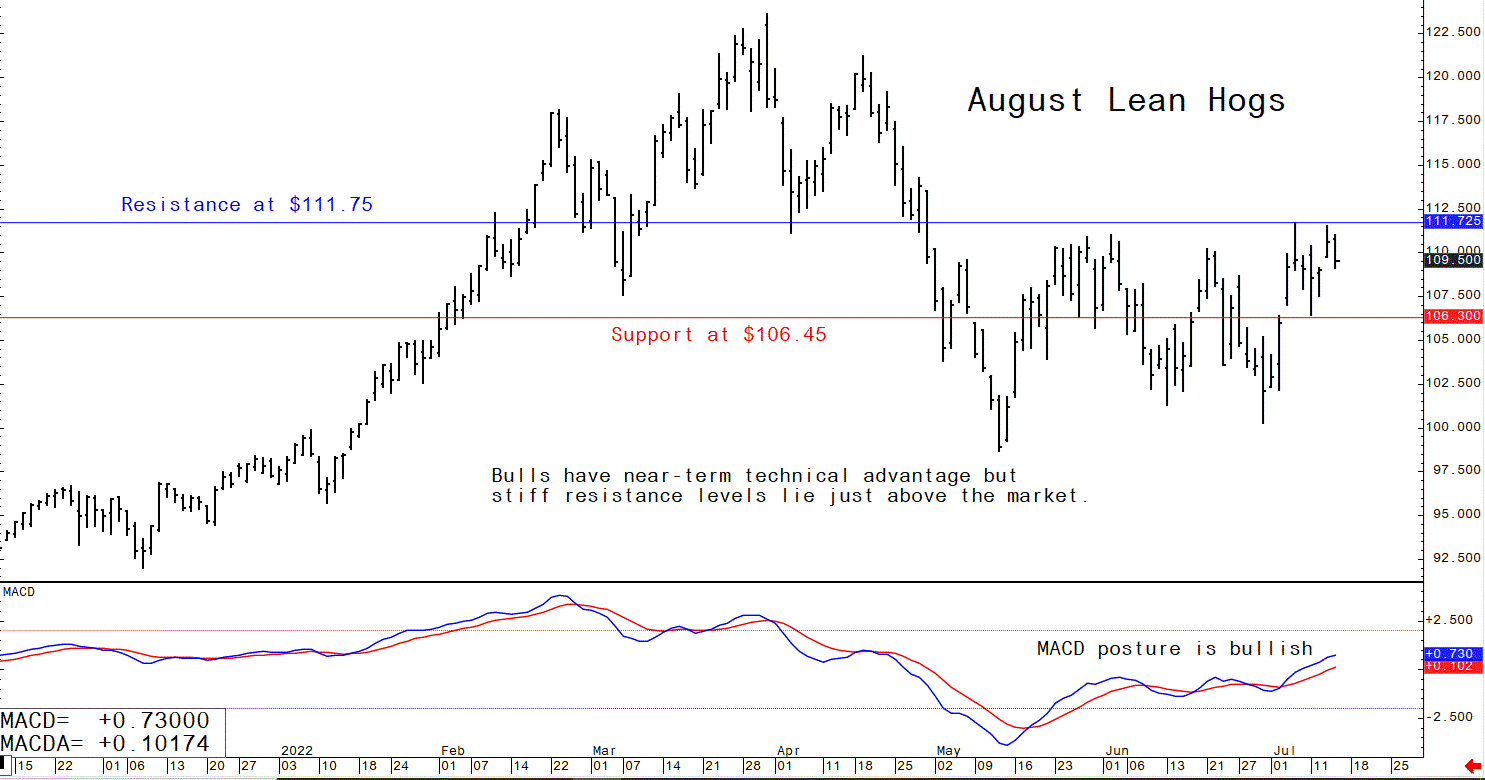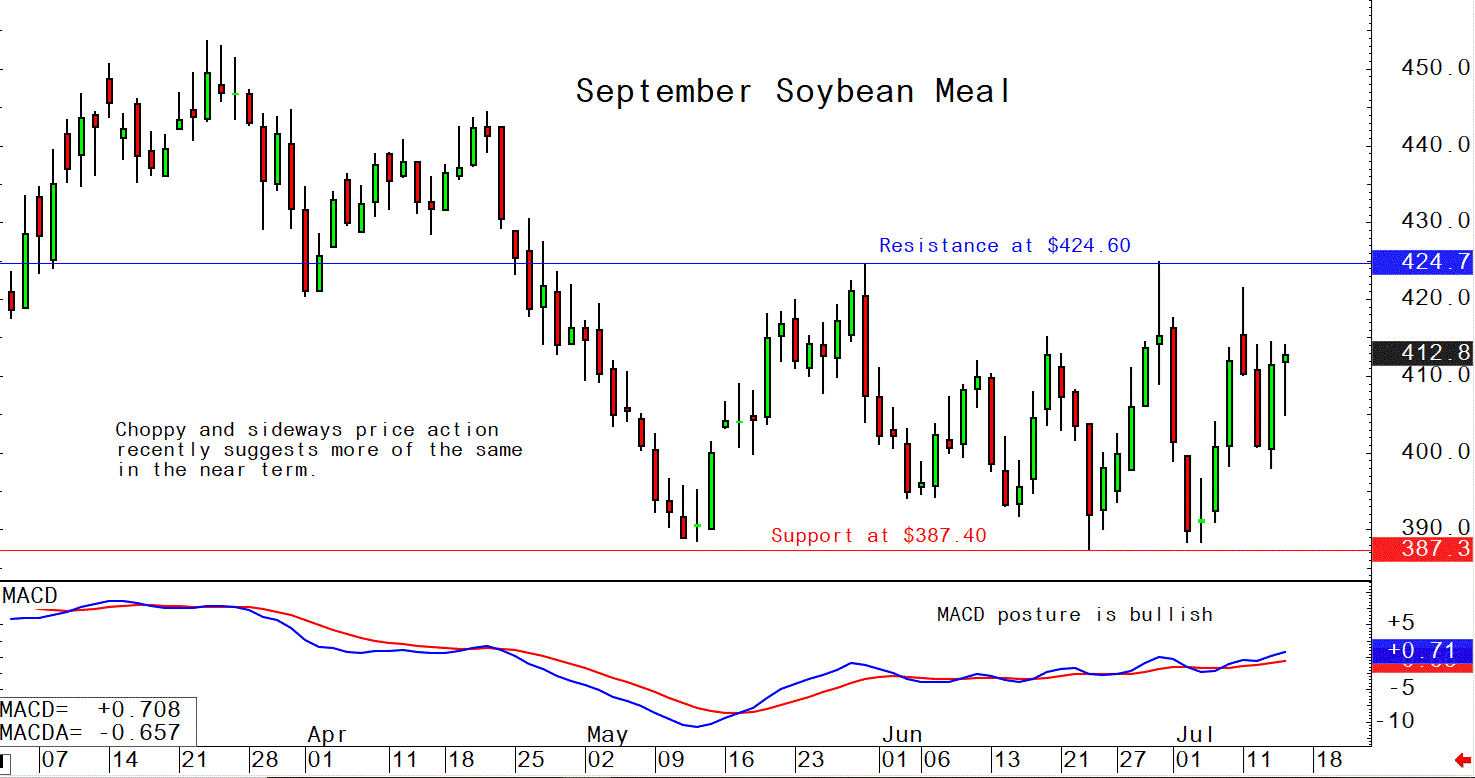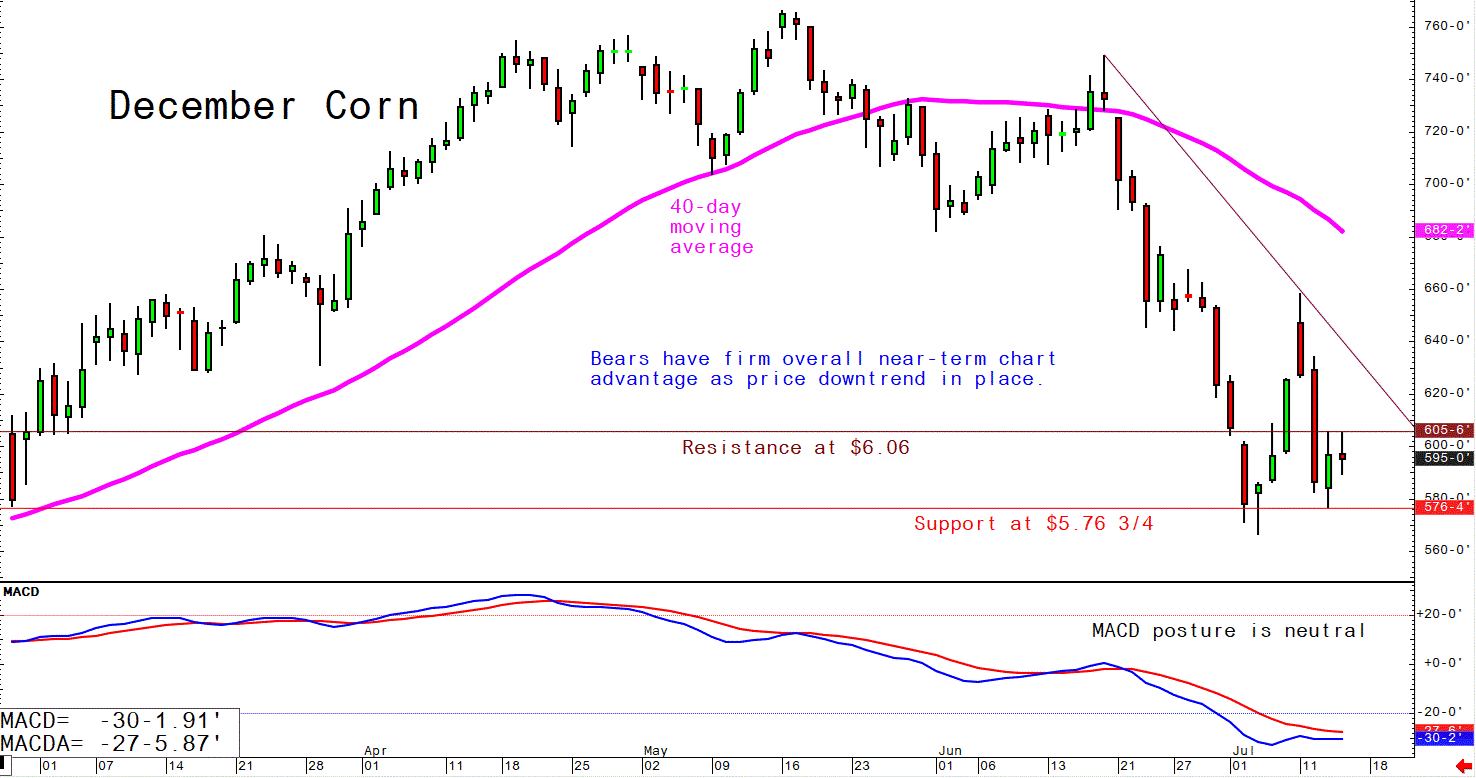



Pig Outlook: Lean hog futures bulls holding their own this week
Analyst Jim Wyckoff shares an update on the US futures market, USDA reports and global pig newsThe pig traders’ perspective: After struggling through spring, US pork cutout value rose almost $10.00 in the 10 days following the U.S. Independence Day holiday. The July 13 quote of $118.28y marked a new high for 2022. Hog slaughter and pork production are near their lowest levels of the year, but both wholesale beef and pork are signaling robust consumer demand. This supports ideas red meat demand holds up well during recessionary times. The seasonally tight hog supplies are also supporting the cash and futures markets. Pork demand at the meat counter is also solid, as retail beef prices remain elevated. However, hog slaughter numbers will likely begin moving higher in the latter half of July and then surge by mid-August.
Latest US Department of Agriculture (USDA) reports, and other news
US pork export sales slump in latest week
US pork net sales of 18,300 MT for 2022 were down 42 percent from the previous week and 37 percent from the prior 4-week average. Increases were primarily for Mexico (10,100 MT, including decreases of 400 MT), Japan (3,400 MT, including decreases of 800 MT), China (1,600 MT, including decreases of 200 MT), South Korea (1,200 MT, including decreases of 300 MT), and Colombia (800 MT). Exports of 23,100 MT were down 28 percent from the previous week and 21 percent from the prior 4-week average. The destinations were primarily to Mexico (10,800 MT), China (3,600 MT), Japan (2,900 MT), South Korea (2,100 MT), and Colombia (1,000 MT).
Brazilian BRF plant cleared to export pork to Canada
Brazilian food company BRF received approval to ship pork to Canada. The approved unit, located in Santa Catarina state, will be able to export fresh and frozen pork cuts. It is the second Canadian authorization granted to BRF this year. In May, a Parana facility unit was cleared to export cooked poultry into Canada. Ottawa approved meat imports from Brazil in March. The BRF pork plant is the eighth facility granted permission to export meat to Canada, according to meat industry group ABPA.
China meat imports inch higher
China imported 603,000 MT of meat in June, up 1.5% from May but down nearly 19% from last year. Through the first six months of this year, China imported 3.5 MMT of meat, down 31.9% from the same period last year, driven by a sharp reduction in arrivals of pork.
USDA quarterly livestock and poultry trade report: China pork demand down
USDA reports that this month, 2022 China imports are revised down nearly 1.4 million tons from the April forecast to approximately half of 2021 levels due to moderate recovery in China pork production. China is forecast to remain the world’s leading pork importer, accounting for 20 percent of global shipments, albeit down significantly from its 42 percent of trade share in 2020. The sharp plunge in China demand leaves major exporters such as the EU, Brazil, and United States searching for markets to offset diminished trade. With limited alternative markets that can absorb sizeable volumes, global pork trade is expected to fall 13 percent in 2022.
The changes in the China pork sector have a mixed impact on other meats. China chicken meat imports are revised lower in 2022 as consumers return to eating more pork, the preferred animal protein in China. However, unlike pork, the impact of the year-on-year decline in China chicken meat imports is far more muted. China is a relatively small player in the global chicken meat trade, accounting for only 5 percent of global shipments as the world’s fifth largest importer. As such, major chicken meat exporters are expected to more easily offset the decline with shipments to other markets. On the other hand, China beef imports are forecast to rise 3 percent in 2022 as demand remains relatively unaffected by changes in the pork sector.
Pork: Global pork production for 2022 is forecast at 110.7 million tons, virtually unchanged from April as an upward revision in China offsets declines in the EU and Brazil. Production in China is raised nearly 2 percent to 51.8 million tons but remains below pre-African swine fever levels. EU and Brazil production is revised 2 percent lower to 22.6 million tons and 4.3 million tons, respectively, on slowing export opportunities weighing on prices.
Global pork exports for 2022 are revised nearly 10 percent lower to 10.6 million tons. The decline is primarily driven by a reduction in China imports which are lowered 39 percent to nearly 2.2 million tons on improved domestic supplies. Hong Kong imports are also revised down 21 percent to 275,000 tons as an increase in live swine imports from China bolsters local production. Demand is forecasted to increase in other markets such as South Korea, Mexico, Japan, and the Philippines, but are unable to offset the immense China decline.
Iowa Supreme court reinstates pork producers’ right to farm
In a big victory for Hawkeye pork producers, the Iowa Supreme Court in a 4-3 decision said the state may provide livestock producers immunity from nuisance lawsuits such as ones complaining about odor. The court reversed a precedent that had struck down an Iowa law granting immunity to livestock farmers and allowed neighboring landowners to sue for damages when farm operations affected their “quality of life.” Under a ruling in a case brought by activists against New Fashion Pork, landowners still may sue if their property is “damaged” because of a farmer’s failure to comply with a federal or state law or regulation or to use prudent and generally accepted management practices. In the majority opinion, Judge Thomas Waterman wrote that “protecting and promoting livestock production is a legitimate state interest and granting partial immunity from nuisance suits is a proper means to that end.”
The next week’s likely high-low price trading ranges:
August lean hog futures--$106.45 to $115.00, and with a sideways-higher bias
September soybean meal futures--$395.00 to $421.60, and with a sideways bias
December corn futures--$5.50 to $6.30 and a sideways-lower bias
Latest analytical daily charts lean hog, soybean meal and corn futures










